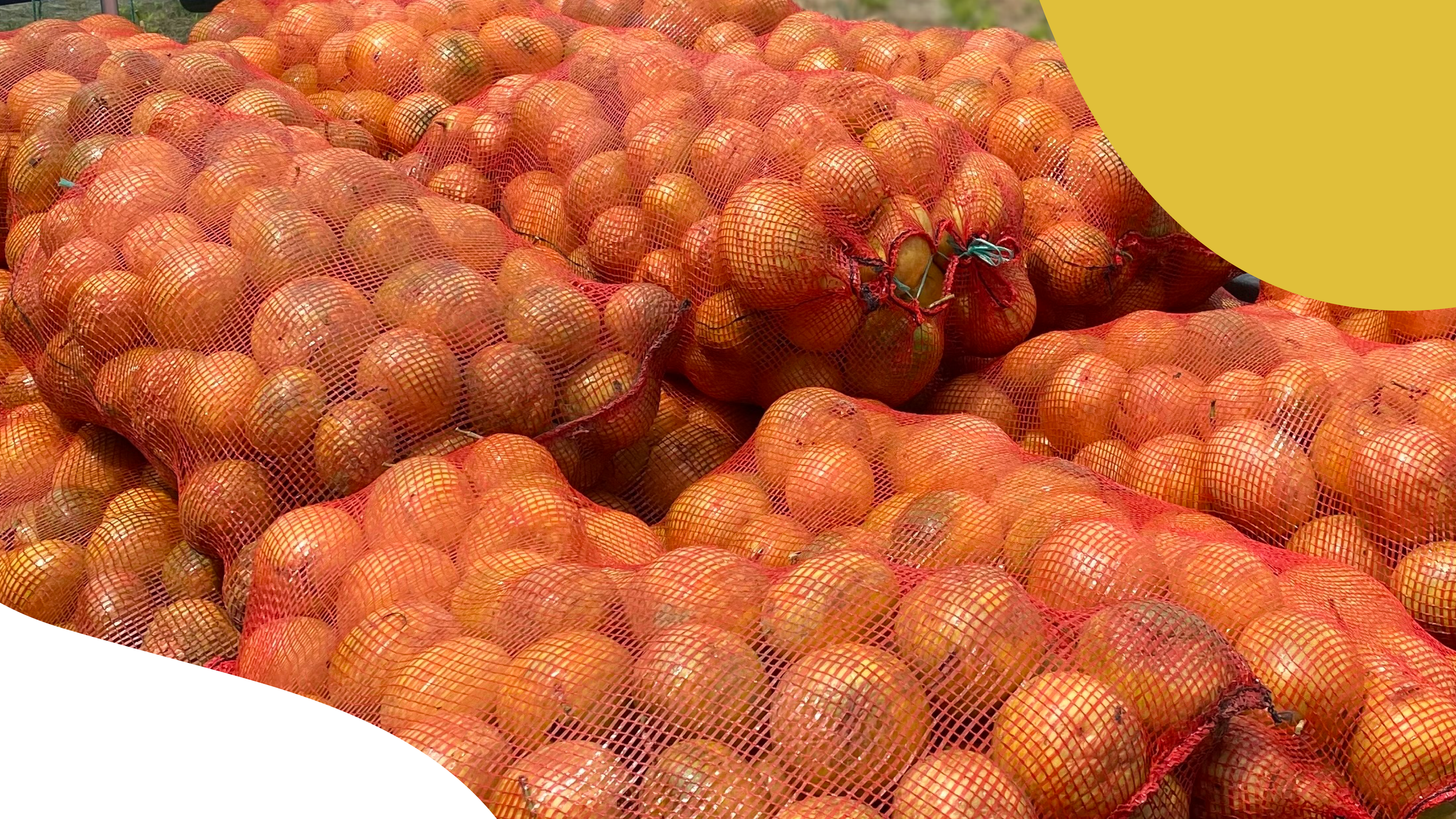Professional Passion Fruit Cultivation: A Detailed Overview
Passion fruit cultivation, also known as the cultivation of passion fruit, is an agricultural activity that has gained popularity due to the growing demand for this exotic tropical fruit. It is essential to understand that this process requires specialized knowledge and specific conditions to ensure optimal yields. In this article, we will concisely explore the professional passion fruit cultivation process.
Land Selection: Passion fruit thrives in warm and subtropical climates, but it is crucial to choose well-draining soil to avoid waterlogging issues. Slightly acidic to neutral soil with a good amount of organic matter is ideal. Direct sunlight exposure is essential for proper plant development.
Soil Preparation: Before planting, it is crucial to prepare the soil properly. Soil analysis is recommended to determine nutrient levels and adjust them as needed. Adding compost or organic matter can improve soil structure and promote better plant growth.
Varieties and Seeds: Choosing suitable passion fruit varieties for the region is essential. Quality seeds ensure a good start. It is recommended to purchase seeds from reliable suppliers to ensure authenticity and plant health.
Planting and Spacing: Planting is preferably done in the rainy season. Passion fruit plants need adequate space for healthy growth, so correct spacing between plants and rows is crucial.
Care and Management: Passion fruit requires regular care, including consistent watering, controlled fertilizer application, and weed control. Additionally, pest and disease management are essential to prevent significant damage to crops.
Harvest and Post-Harvest: Harvesting is done when the fruits change color and naturally fall. It is crucial to handle the fruits with care during harvesting to avoid damage. Post-harvest involves proper handling of the fruits to preserve their quality before marketing.
In summary, professional passion fruit cultivation requires a methodical approach and specialized knowledge.



